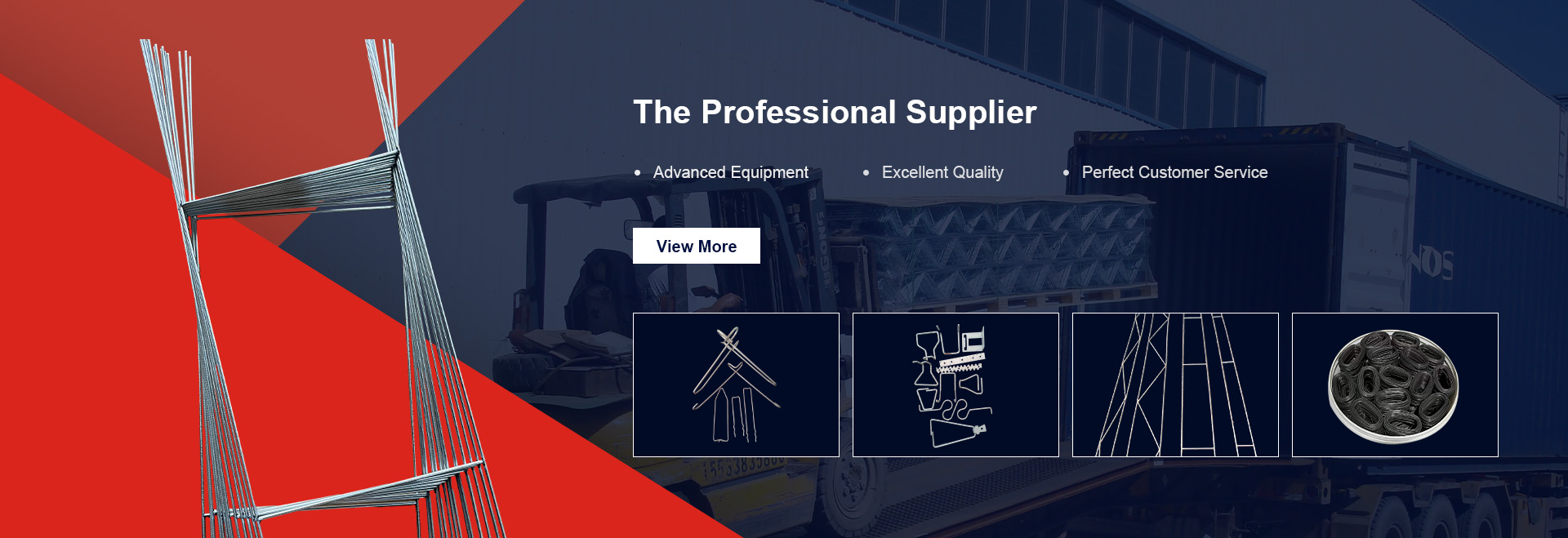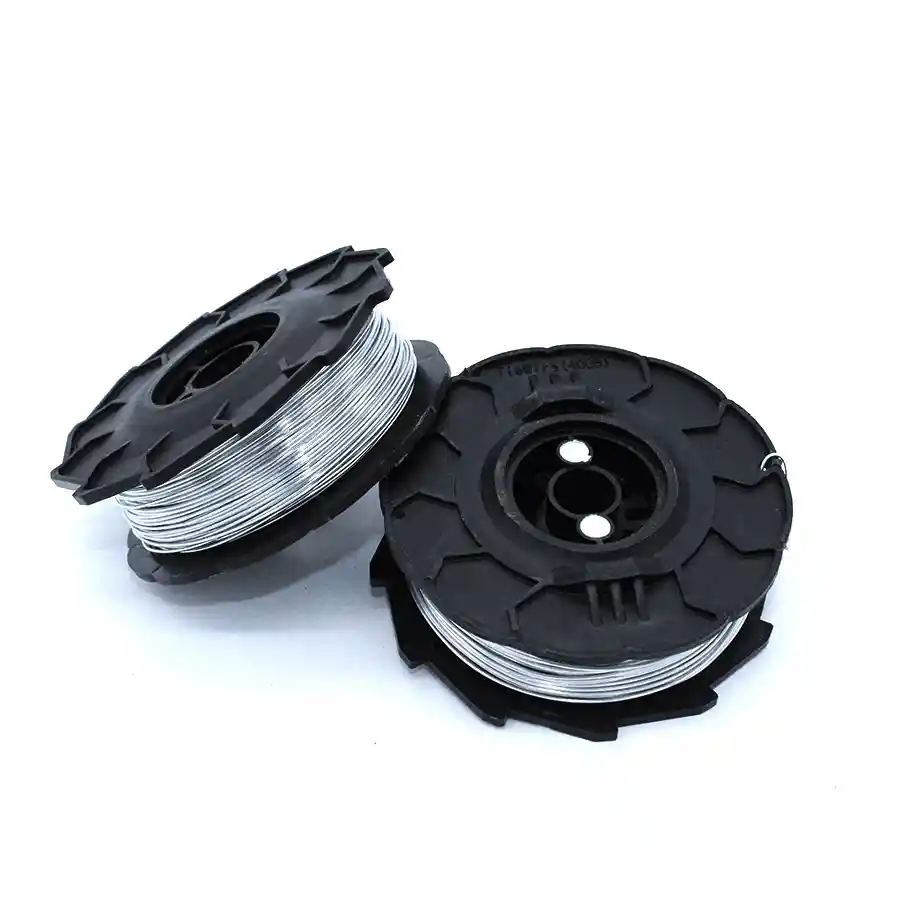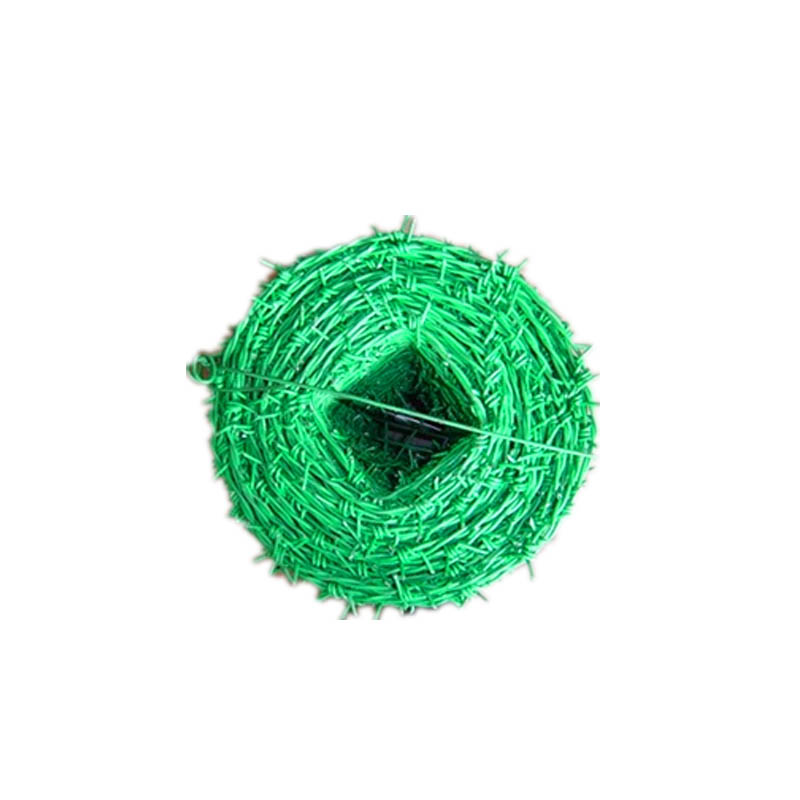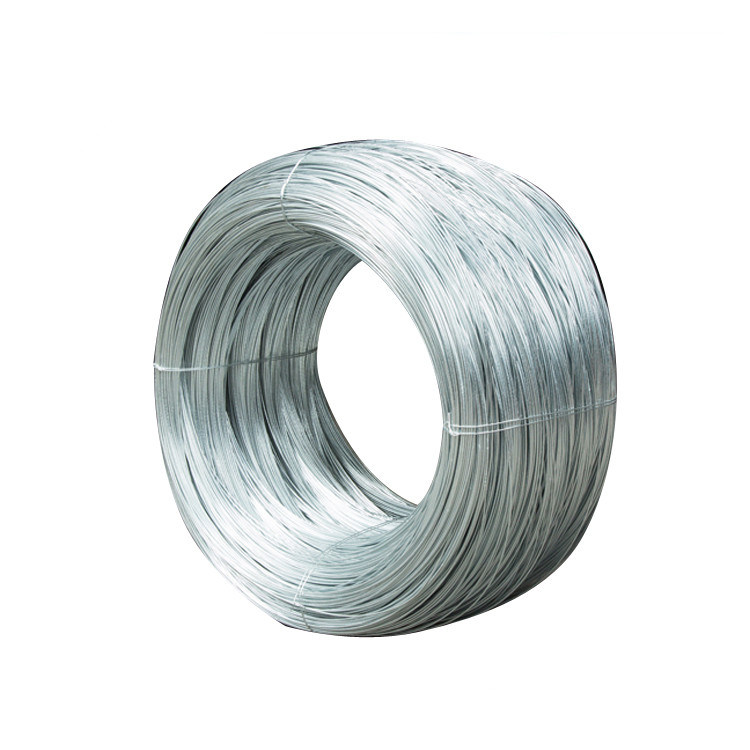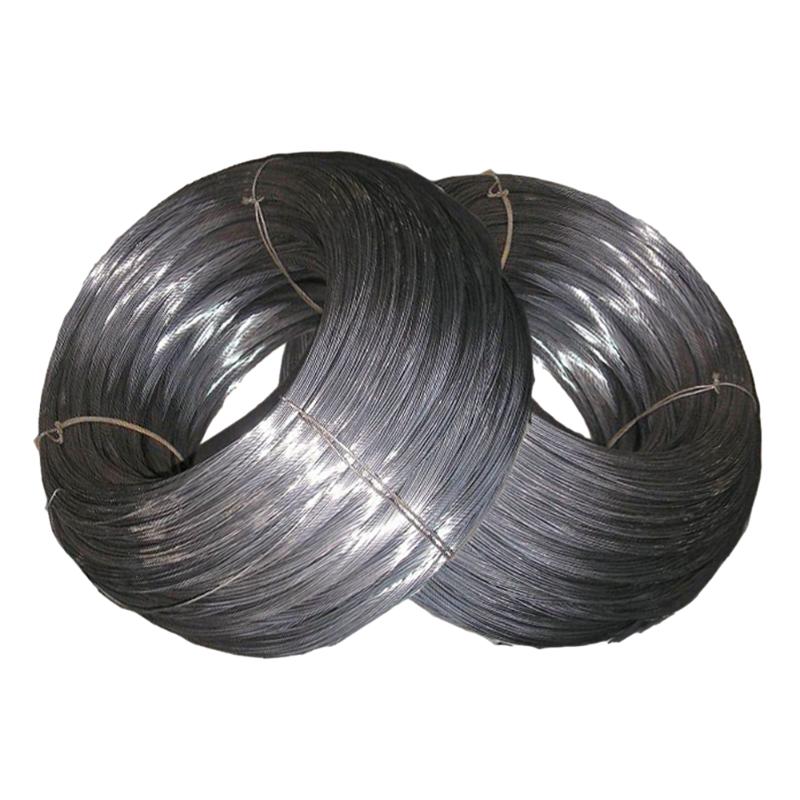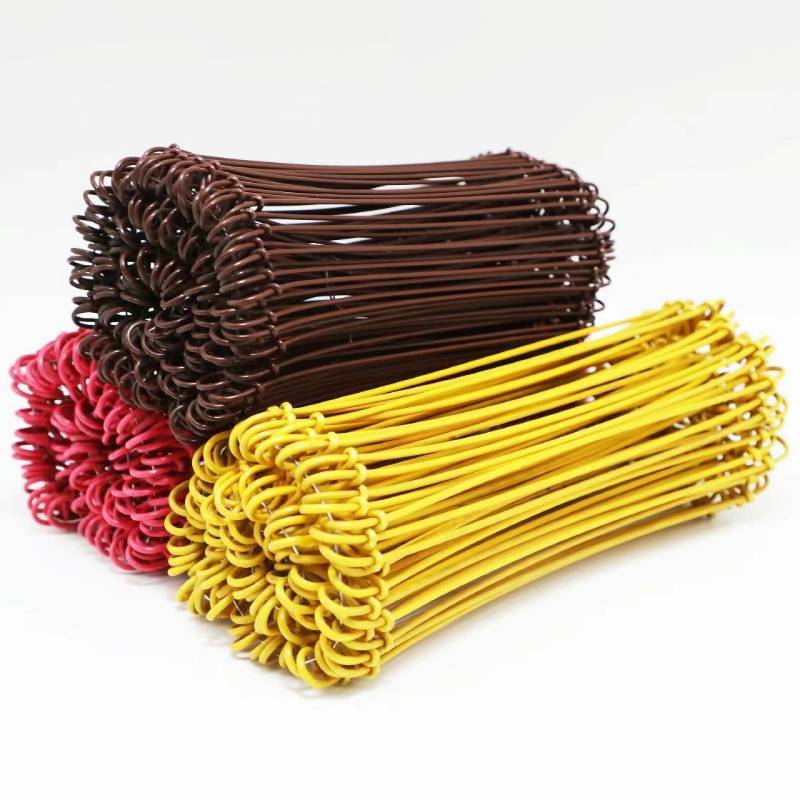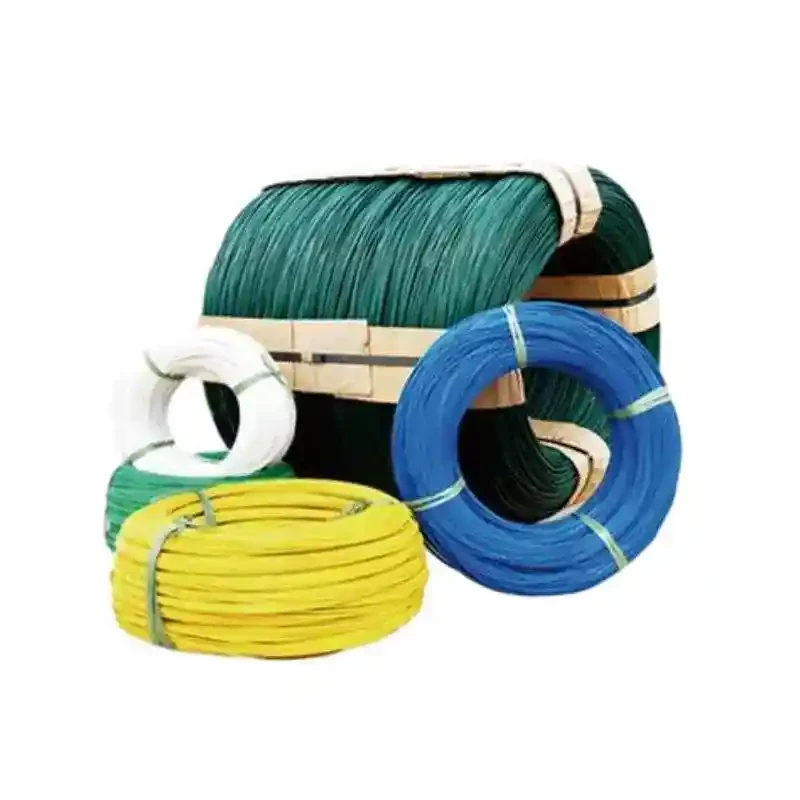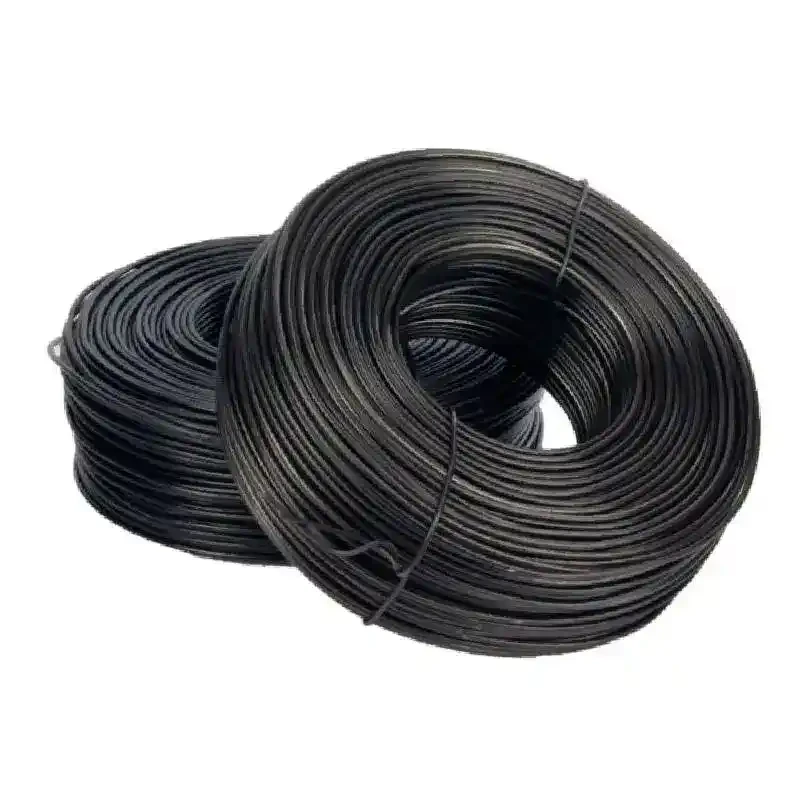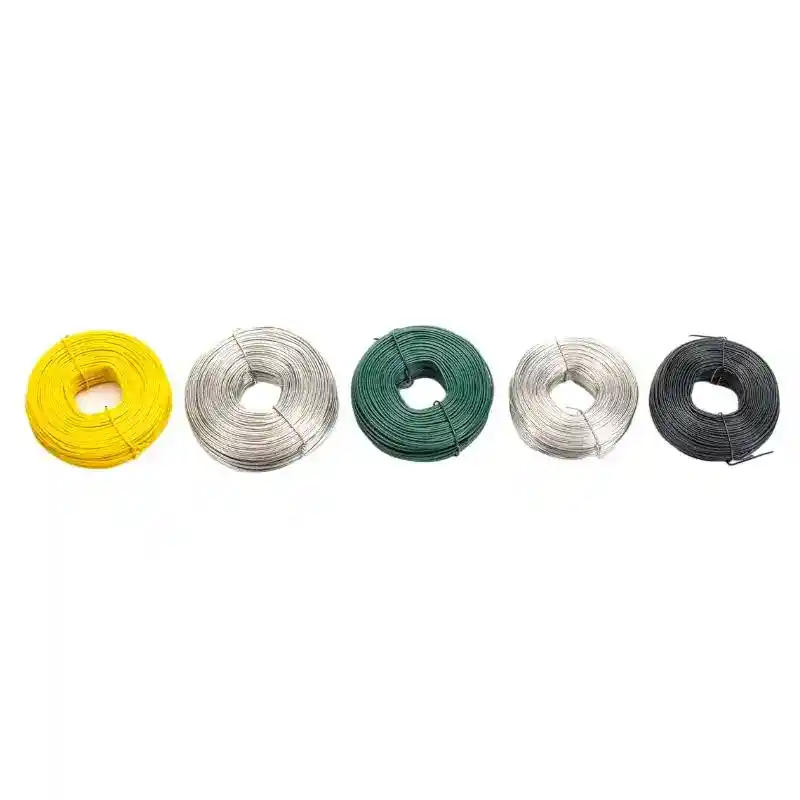Jerntråd
What Is Iron Wire Used For?
Iron wire, a versatile and durable material, has found its way into a myriad of applications across various industries, driven by its strength, malleability, and cost-effectiveness. One of the primary uses of iron wire is in construction, where it serves as an essential component in reinforcing concrete structures. Reinforcing iron wire, often termed rebar or reinforcing bar, is embedded in concrete to enhance its tensile strength and overall stability, preventing cracking and structural failure. Beyond construction, iron wire is commonly employed in fencing applications, providing security and boundary definition for properties.
Whether in the form of chain link fencing or welded wire panels, iron wire's durability ensures long-lasting performance in safeguarding residential and agricultural environments. Similarly, in the world of manufacturing, iron wire is utilized in the creation of wire products such as nails, staples, and various fasteners, which are fundamental in assembling different products and structures. Moreover, the wire is a staple in the artistic domain, finding its place in sculpture and decor. Artists and craftsmen manipulate iron wire to create intricate designs, from minimalist sculptures to elaborate installations, showcasing its flexibility and aesthetic potential. Additionally, iron wire excels in the agricultural sector; it is often employed for constructing trellises, supports for climbing plants, and fencing for livestock.
This capability to withstand environmental elements makes it an ideal choice for sustaining healthy crops while keeping animals secure. The wire also plays a crucial role in the electrical industry; it is used in the manufacturing of various electronic components and devices due to its conductivity and ability to form complex connections. Furthermore, iron wire features prominently in the realm of DIY and home improvement projects, where it can be utilized for crafting, repairs, and even as a component in wire mesh for home storage solutions.
As we delve deeper into its applications, we discover that the use of iron wire extends to the automotive industry as well. It is regularly employed in the automotive assembly processes, notably in the production of tire reinforcements and other essential components that require consolidated strength and resilience. Additionally, in the area of plumbing, iron wire is used in pipe wrapping, to protect and secure pipe connections, ensuring that they remain intact under various pressure conditions. Another significant application can be found in the area of industrial manufacturing; the wire is frequently employed in the production of springs and mechanical devices that necessitate high fatigue resistance and load-bearing capacity. Its usage in the production of wire mesh screens is also notable, which are integral in various filtration processes across different industries. The versatility of iron wire does not stop there; it is also pivotal in the construction of transportation infrastructure, such as railways and bridges, where it is utilized in the assembly of girders, hangers, and other crucial elements that demand strength and support.
Iron wire's role in art forms a significant but often overlooked aspect of its utility. Artists frequently employ this material to render complex visual narratives, using its malleability to change shapes and forms that convey emotions and interpretations. In summary, the multifaceted nature of iron wire makes it an imperative component across an array of sectors, encompassing construction, agriculture, art, manufacturing, and more, showcasing its integral presence in the framework of modern industry and daily life. Whether reinforcing the backbone of a skyscraper or adding the finishing touches to a creative project, iron wire proves itself to be an indispensable resource in myriad applications, highlighting its timeless value and versatility in our evolving landscape.
What Is The Difference Between Iron Wire And Steel Wire?
When it comes to wire materials, iron and steel are two of the most commonly used options in various applications, from construction to crafting. While both materials share some similarities, they also have distinct differences that can significantly affect their performance and suitability for specific tasks. In this article, we will explore the characteristics of iron wire and steel wire, highlighting their differences and helping you understand which material might be best for your needs.The primary difference between iron wire and steel wire lies in their composition. Iron wire is made from nearly pure iron, typically containing about 99% iron with minimal amounts of carbon and other elements. This high purity gives iron wire a unique set of properties, including excellent malleability and ductility. However, pure iron is relatively soft and can be prone to rusting when exposed to moisture and air.
On the other hand, steel wire is an alloy made primarily of iron and carbon, with carbon content typically ranging from 0.2% to 2.1%. The addition of carbon significantly enhances the strength and hardness of the wire, making steel wire much more durable than its iron counterpart. Steel wire can also be further alloyed with other elements, such as manganese, chromium, or nickel, to improve its properties for specific applications.
One of the most significant differences between iron wire and steel wire is their strength and durability. Steel wire is known for its high tensile strength, which allows it to withstand greater loads and stresses without breaking. This makes steel wire an ideal choice for applications that require robust support, such as construction, automotive, and industrial uses.Iron wire, while malleable and easy to work with, lacks the same level of strength. It is more suitable for applications where flexibility and ease of manipulation are more critical than load-bearing capacity. For example, iron wire is often used in crafting, gardening, and decorative applications where intricate shapes and designs are required.
Another important factor to consider is corrosion resistance. Pure iron is highly susceptible to rusting when exposed to moisture and oxygen, which can significantly limit its lifespan in outdoor or humid environments. To combat this issue, iron wire is often coated with a protective layer of paint or other materials to enhance its resistance to corrosion.Steel wire, particularly stainless steel wire, offers superior corrosion resistance due to the presence of chromium in its composition. Stainless steel wire can withstand harsh environmental conditions without rusting, making it an excellent choice for outdoor applications, marine environments, and industries where exposure to moisture is a concern.
When it comes to cost, iron wire is generally less expensive than steel wire due to its simpler manufacturing process and lower material costs. However, the choice between the two should not be based solely on price. While iron wire may be more affordable, its limitations in strength and durability may lead to higher long-term costs if it needs to be replaced more frequently.
Steel wire, while initially more expensive, often proves to be a more cost-effective solution in the long run due to its durability and strength. It is widely available in various grades and specifications, making it suitable for a broad range of applications.
The choice between iron wire and steel wire ultimately depends on the specific requirements of your project. If you need a material that is easy to manipulate and suitable for decorative or lightweight applications, iron wire may be the right choice. However, for projects that demand strength, durability, and corrosion resistance, steel wire is the superior option. Understanding the differences between these two materials will help you make an informed decision and ensure the success of your project.






















